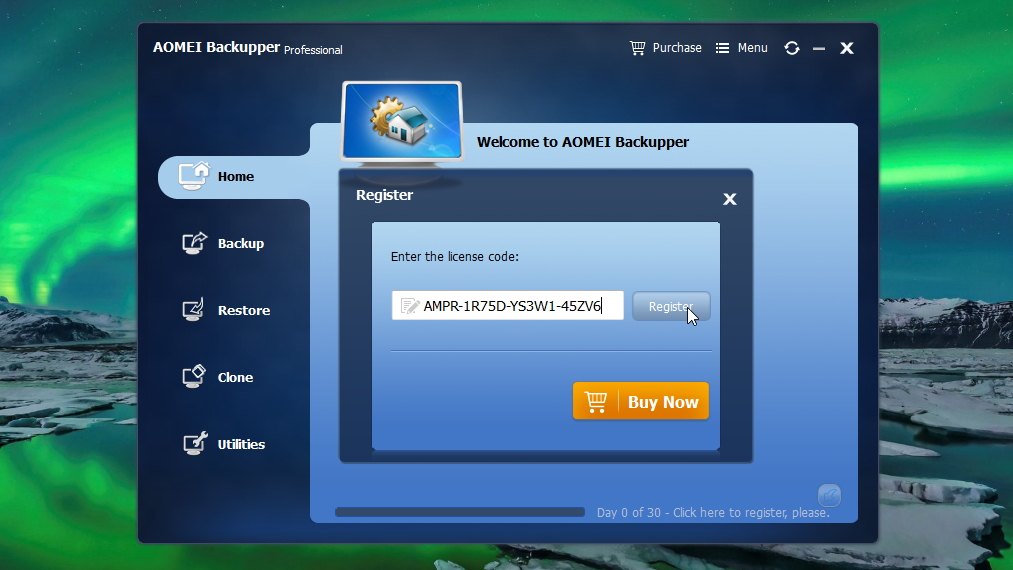
Backup files are placed into the backup folder in the power-bi-backup container.If you configure a storage account at the workspace level, Power BI creates the power-bi-backup container and creates the backup folder.ĭuring backup and restore, the following actions apply: Power BI creates the backup folder at the time you attach the storage account to a workspace. If you configure a storage account at the tenant level, Power BI only creates the power-bi-backup container. The storage account settings for Backup and Restore can be applied at either the tenant or the workspace level.įor Backup and Restore, Power BI creates a new container called power-bi-backup in your storage account, and creates a backup folder using the same name as your workspace in the power-bi-backup container.

Because of the XMLA dependency, Backup and Restore currently requires your datasets to reside on a Premium or PPU capacity. There is no backup or restore facility or option in the Power BI user interface.
#Get backup pro license how to#
How to perform backup and restoreīackup and Restore requires using XMLA-based tools, such as SQL Server Management Studio (SSMS). Storage account owners have unrestricted access to the backup files, so ensure storage account permissions are set and maintained carefully.
#Get backup pro license download#
With owner permissions at the storage account level, you can download backup files or copy them from their original location to the backup directory of a different workspace, and restore them there if you are a workspace administrator in the target workspace as well. Power BI associates workspaces with their backup directories based on the workspace name. button in SSMS), a user must be a admin, or a member or contributor of the workspace.

To browse the backup/restore filesystem using Azure Storage Explorer (the Browse. To restore a new dataset, the user must be an admin, member, or contributor of the workspace. To restore an existing dataset, users who have write or admin permission to the dataset can conduct a restore operation. Users with such permissions may be an admin, a member, or a contributor, or may not be part of the workspace level roles, but has direct write permission to the dataset. With an ADLS Gen2 storage account associated with a workspace, workspace admins who have write or administrator permissions can conduct backups. Check your data residency requirements before configuring your workspaces on a multi-geo Premium capacity with a storage account. As such, you should provision the storage account in the region of your Power BI Premium capacity to avoid data transfer costs across regional boundaries. Multi-geo considerationsīackup and Restore relies on the Azure connections infrastructure in Power BI to register an Azure Data Lake Gen2 (ADLS Gen2) storage account at the tenant or workspace level. To learn how to configure Power BI to use an ADLS Gen2 storage account, see configuring dataflow storage to use Azure Data Lake Gen 2. The following image shows a workspace with three datasets and their corresponding backup files in Azure Storage Explorer.

NET tools, and PowerShell cmdlets, such as the Get-AzDataLakeGen2ItemContent cmdlet.
#Get backup pro license Offline#
You can also perform offline backups, downloading the files from your ADLS Gen2 storage account using the file system, Azure Storage Explorer. Since Backup and Restore uses the same connection, no other storage account is required. The Backup and Restore feature uses existing connections between Power BI and Azure, such as the ability to register an Azure Data Lake Gen2 (ADLS Gen2) storage account at the tenant- or workspace-level to facilitate dataflow storage and operations. It also enables dataset backups for multiple reasons, including corruption or loss, data retention requirements, and tenant movement, among others. The ability to backup and restore Power BI datasets provides a migration path from Azure Analysis Services workloads to Power BI Premium.

The following sections describe backup and restore concepts for Power BI datasets, certain requirements, and other considerations. You can use SQL Server Management Studio (SSMS), Analysis Services cmdlets for PowerShell, and other tools to perform backup and restore operations in Power BI using XMLA endpoints. You can use the Backup and Restore feature with Power BI datasets if you have a Power BI Premium or Premium Per User (PPU) license, similar to the backup and restore operations available in tabular models for Azure Analysis Services (Azure AS).


 0 kommentar(er)
0 kommentar(er)
